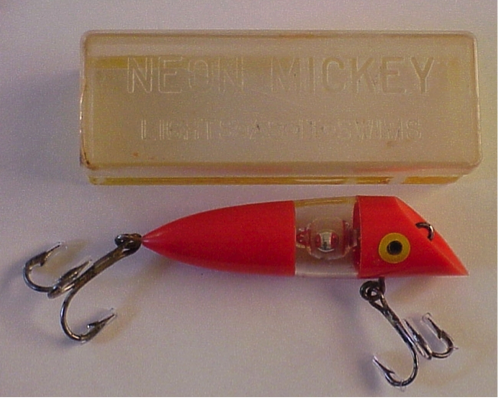by Alice Alpert and Danya Rumore
Amid observing and analyzing the INC5 negotiations, one question that seems to be on many of our MIT team members’ minds is “As scientists and academics, what is our role in influencing policy and decision-making?” More specifically, where does the line between science and advocacy lie, and how should a scientist who cares about a given issue—like mercury—interact (or not) with the policy realm?
Looking for answers, a couple of us cornered Dr. David Evers after an INC5 side session on “Global Mercury Hotspots.” Hosted by David and his colleagues at the Biodiversity Research Institute (BRI) and IPEN, the side session shared with decision-makers the findings of a recent scientific report, available here, which found high levels of mercury contamination in marine and freshwater ecosystems around the world.
David, the Executive Director of BRI, is an excellent example of a scientist who, through his work, seeks to work at the boundary between science and policy.
Explaining his work, David is quick to say, “I try very hard to be that unbiased scientist that goes about getting data in an unbiased way.” Trained as a conservation biologist, he readily acknowledges that he has a fundamental interest in the sustainability of human interactions with ecosystems. As a result, he has chosen to research mercury, a compound that is harmful to ecosystems and human health. However, he makes clear, he does not have a policy objective in mind when he formulates his research questions. Nor does a particular policy objective drive his research.
Instead, David says, his goal is to provide policy makers with the best possible information about mercury and its impacts on ecosystems; it is the decision-makers’ job to translate this information into the best possible policy, whatever that may be.
For example, one of David’s recent projects brought together a team of mercury researchers with the goal of compiling scientific findings about mercury in the northeast region of the US. The team then translated these scientific findings into a language and format that is easy for policy makers to fully understand, and shared this information with Congressional staffers and federal agencies in Washington, DC.
In contrast to a policy-advocate, David doesn’t focus on whether the scientific information he is presenting supports a certain policy objective. Nor does he interpret what his findings should mean for policy and decision-making. “I’m an advocate for scientific information,” not a policy advocate, he explains. And while he thinks that the scientific findings presented during his Global Mercury Hotspots presentation are reason for concern, he adds that, here at the INC5, “I’m not advocating, it’s strange to say, for a stronger mercury policy.”
One concern many members of our MIT team struggle with is how to influence the world of policy with our research without compromising our integrity as unbiased scientists and academics. David recognizes this concern, but says that he feels that the boundary between science-advocate and policy-advocate is quite clear. As long as you’re only advocating for the use of good information in decision-making, you haven’t compromised your position as a credible source of unbiased information. Once you begin to let policy objectives direct your research or start advocating for specific policies, however, you’ve crossed the line into policy advocacy. And, he adds, “there’s no going back.”
So what’s his advice for academic “youngsters”, like us, who are interested in the intersection of science and policy?
First off, don’t be afraid to walk the line between science and policy, David says, just make sure to push for good science and focus on making this information readily available and understandable, rather than advocating for particular policies or regulations.
Second, you don’t need to know everything, and you can’t be an expert in everything. When your work crosses over into a discipline, like public health, that you don’t know well, bring in colleagues to help.
Third, as a scientific expert, people will often corner you to ask what you think the policy implications of your research are; when you respond, keep your opinion out of it and make clear that you are simply interpreting the data you have gathered.
Finally, he says, many scientists fear the media, because they are afraid that the media will misinterpret or skew their research and findings. David says that, when possible, it is preferable to work with journalists that you know and trust. But it’s important to get your findings into the public conversation, so don’t shy away from the media.
To learn more about working at the intersection of science and policy, read Amanda Giang’s Scientist on the Scene profile of Dr. Celia Chen and follow our blog and twitter (@MITmercury) as we report on the final day of the INC5 mercury negotiations.



 by Amanda Giang
by Amanda Giang




